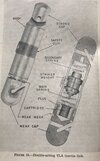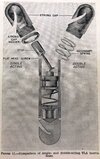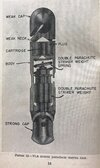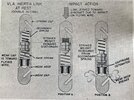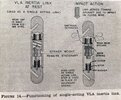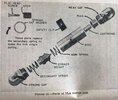Given its possible air related background could it be part of the quick release and rapid deflation apparatus used on WW2 barrage baloons? I am struggling to find a diagram but I believe that there was an explosive link in the anchor rope assembly which when deployed also aided in rapid deflation of the balloon by pulling open a pre-weakened panel.
Just a thought!
Just a thought!


